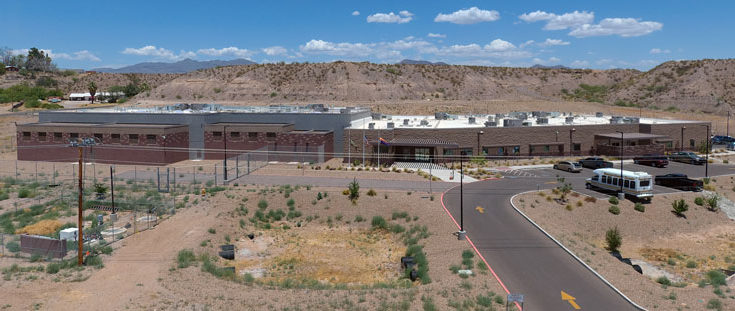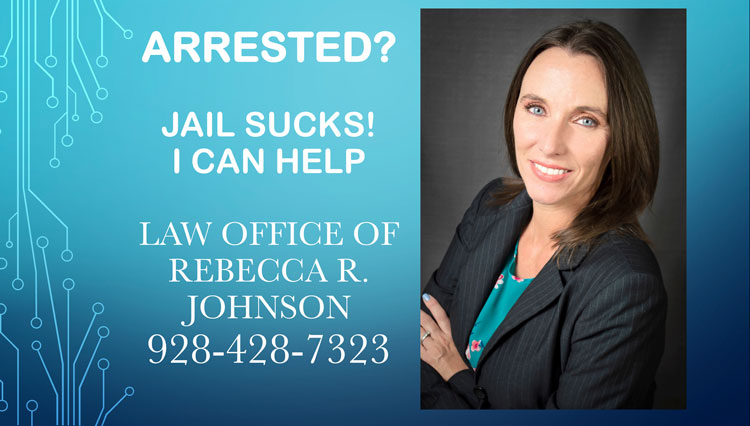Arizona’s jail system isn’t just a holding facility. For many inmates, it becomes a place where basic rights are overlooked or ignored. While incarceration limits certain freedoms, it doesn’t erase a person’s right to humane treatment, medical care, or personal safety.
Across the state, families have raised concerns about conditions inside county jails. When a loved one is incarcerated, uncertainty sets in: Are they safe? Are their health needs being met? Will anyone be held accountable if something goes wrong?
Understanding what inmates are legally entitled to helps families recognize potential violations early and respond with urgency when it matters most.
What Standards Are Arizona Jails Legally Required to Meet?
Jails in Arizona are required to meet legal standards that protect the health and safety of inmates. These include constitutional protections as well as state-level regulations. While incarceration limits certain freedoms, it does not strip away the right to humane treatment.
At a minimum, inmates must have access to clean living spaces, food, safe drinking water, hygiene supplies, and prompt medical attention. Facilities are expected to take reasonable steps to prevent violence between inmates and between inmates and staff.
The Eighth Amendment prohibits cruel and unusual punishment. Courts have interpreted this to include situations where correctional staff show deliberate indifference to serious medical needs or unsafe conditions. Failing to treat a medical issue, ignoring threats of harm, or housing someone in unsanitary, overcrowded conditions could amount to a violation of federal law.
Arizona county jails also adhere to standards established by the state’s Department of Corrections. These cover emergency protocols, inmate classification procedures, and access to grievance systems. All are meant to ensure that jails operate safely and responsibly.
Common Violations in Jail Environments
Even with standards in place, violations happen. Many cases go unreported or are dismissed until serious harm has occurred. In Arizona jails, common problems include medical neglect, poor sanitation, and failure to protect vulnerable inmates.
Some inmates are denied medication or left untreated for chronic conditions. Others are placed in overcrowded cells without proper ventilation or access to clean water. In some cases, toilets may not work, showers may be restricted, or inmates may be confined for extended periods without access to exercise or sunlight. These conditions can severely affect both physical and mental health.
Violence is another recurring issue. Failing to separate high-risk inmates from others can lead to assault or intimidation. There are also cases where staff use excessive force or fail to intervene when threats are reported.
Organizations like the Prison Policy Initiative have highlighted these systemic problems in Arizona. Their findings point to gaps in oversight, staffing shortages, and outdated facilities that put inmate safety at risk.
Why This Matters for Arizona Families
Once someone is in jail, families often lose visibility into what’s really happening. Calls might be short or sporadic. Visits may be difficult due to long travel distances, especially for families in rural counties like Graham or Greenlee. That isolation can make it harder to detect when something is wrong.
But inmates don’t serve time in a vacuum. The way they’re treated inside affects their health, their outlook, and how well they’re able to reenter society. It also affects families who may be left dealing with trauma, long-term medical issues, or legal complications once their loved one is released.
Families are often the first to spot signs of mistreatment. Missed calls, sudden behavioral changes, or vague mentions of harm shouldn’t be brushed off. When families understand what their loved ones are entitled to, they’re better equipped to ask questions, demand answers, and take the next step when necessary.
What to Do If You Suspect a Violation
If someone in custody tells you about unsafe conditions, don’t wait for more proof. Write everything down: dates, times, what was said, and any physical signs you notice during visits. Keep a record of missed calls, sudden changes in housing assignments, or any other unusual occurrences.
Most jails offer internal grievance procedures, but these are not always effective. Inmates may fear retaliation or lack confidence in the process leading to change. Families can contact jail administrators, file complaints with the Arizona Department of Corrections, or seek support from civil rights organizations that monitor facility conditions.
Documentation is key. The more clearly you can show a pattern of neglect or abuse, the more power you have when raising the issue or involving legal counsel.
When It’s Time to Seek Legal Help
Internal reporting systems often hit dead ends. If someone has been harmed or repeatedly ignored after raising concerns, it may be time to speak with a jail sexual abuse lawyer. These attorneys specialize in cases where correctional facilities fail to protect inmates or uphold basic legal standards and rights.
An experienced lawyer can help determine whether a jail’s actions or inaction crossed a legal line. They can assist with securing records, identifying staff misconduct, and building a case to hold the facility accountable for negligence or abuse.
Families sometimes hesitate to involve a lawyer. But even if you don’t have a full account or detailed evidence, a consultation can help you understand your options. The sooner you reach out, the more likely it is that evidence will be preserved and the case can be addressed effectively.
This step isn’t about being confrontational. It’s about getting justice for someone who may not be able to speak for themselves.
Community Impact and Accountability
Conditions inside local jails reflect on the community. When standards are ignored, the effects show up in overcrowded hospitals, broken families, and overwhelmed support systems. The harm doesn’t end at the jail door.
In places like Graham and Greenlee counties, where resources are limited, poor jail management can further strain those resources. Taxpayers foot the bill for preventable lawsuits and extended medical care. Public confidence in the justice system suffers.
Community accountability starts with awareness. Families who raise concerns play a vital role in improving transparency and pushing for higher standards. Legal action isn’t just about individual justice. It can lead to broader policy change.
Knowing how the system works gives people the confidence to respond when something feels wrong. That includes understanding jail standards as well as strategies used during police interrogations. Protecting inmate rights helps protect the community as a whole, and change begins when someone decides not to look the other way.









